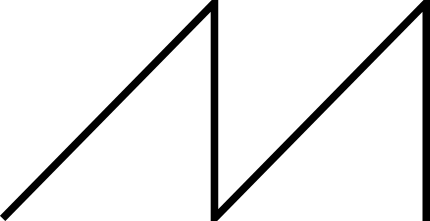
Bird Information Dialogue Space
Christoph Matt, eco-social designer, contributed to the research part of the Swedish Nest with crafting a sensorial gamification-based toolkit, called B.I.R.D.S. In Frihamnen in Göteborg, where participants of the walk in May 2021 were able to try out interactive exercises in three different spaces using the toolkit’s materials. This physical interaction and activity with analogue materials aimed to facilitate a connection to the space and its environment and enabled a clear focus onto three specific local birds, their characteristics, bird songs and natural habitat. During the walk, ornithologist Jan Uddén gave presentations of the three local birds included in the kit: common eider, seagull and black redstart
The common eider is crucial starting point to reflect on the question how we can design towards more awareness for the bird community in Frihamnen. Although the name of the bird includes “common” the reality looks unfortunately quite different. The common eider population has declined 50–90% between the 1950s and 90s, scientists cannot fully explain until today what was causing its severe decline. The research for a possible answer to this question is a symbolic dialogue starter, where human actors need to situate themselves and reflect, if we as a species causing or contributing to the drastic alternation of the non-human with our own actions. Therefore, the common eider acts as key visual and reminding symbol of this environmental project.
To start with, each toolkit was carefully crafted and bound together with a recycling paper sleeve and contained a one folded, double-side printed recycling artwork poster (with a local bird on the front, and a map of Frihamnen on its back), one recycling postcard (with an outline illustration of the common eider on the front as a drawing exercise), one wooden pencil and a biodegradable bird sticker (to tag the city and symbolically bring back the birds into the public urban space). The toolkit was attached to a writing board to enable participants to interact with the kit while exploring the space during the walk.
With a selection of the three local birds, I combined the three following interactions in collaboration with the ornithologist.
Space 1 – Seeing and realising with posters and postcard drawing template
In the first space the participants unpacked the toolkit, including a postcard with a local bird on it. The ornithologist explained about the local birds’ characteristics with the help of the three different illustrated artwork posters displaying the common eider, seagull or black redstart. While the participants were listening to the ornithologist, they took some time to draw and colorize the drawing template on the postcards.
Space 2 – Hearing and understanding with a postcard sound quiz
In the second space the participants were listening to three different bird songs played via a portable speaker and the ornithologist explained the communication system of the birds. Participants took some time to listen actively to the bird songs and tried to connect them to each bird species and filled in their answers on the backside of the postcard.
Space 3 – Touching and feeling with postcards and bird nest templates
In the third space participants collected loose natural materials such as grass, straws, twigs or trash and the ornithologist elaborated on how each of the birds are building pragmatically their nests. The participants used a nest template, added the postcard in the centre of it and applied the found organic and non-organic materials around it.
Room for discussion with human and more-than-human co-designed artworks
In an outdoor classroom at the Frihamnen site the participants presented their bird nests to the ornithologists and discussed the found materials. The ornithologist provided some insights about the pragmatic architecture of birds and some final thoughts about how the human actors are interfering already in the habitat of the non-human actors. Finally emerging questions were discussed, and the participants reflected further on how to have an equal and fair negotiation of space between the human and non-human actors.
Additional information via theconferenceofthebirds.net





